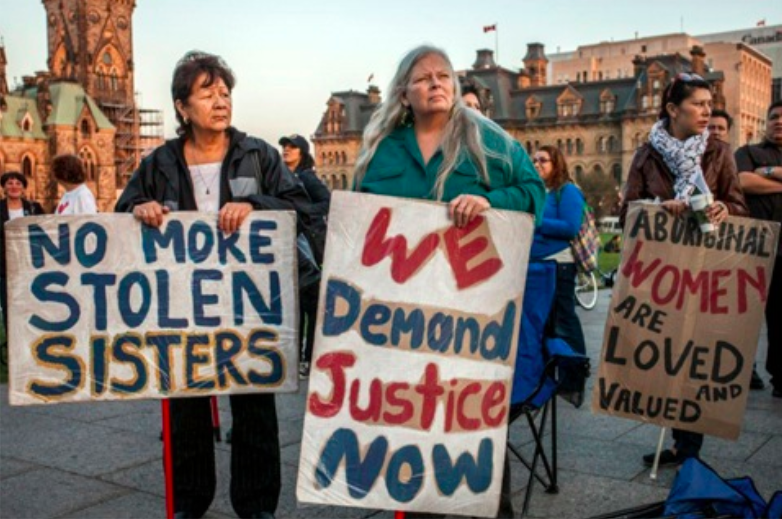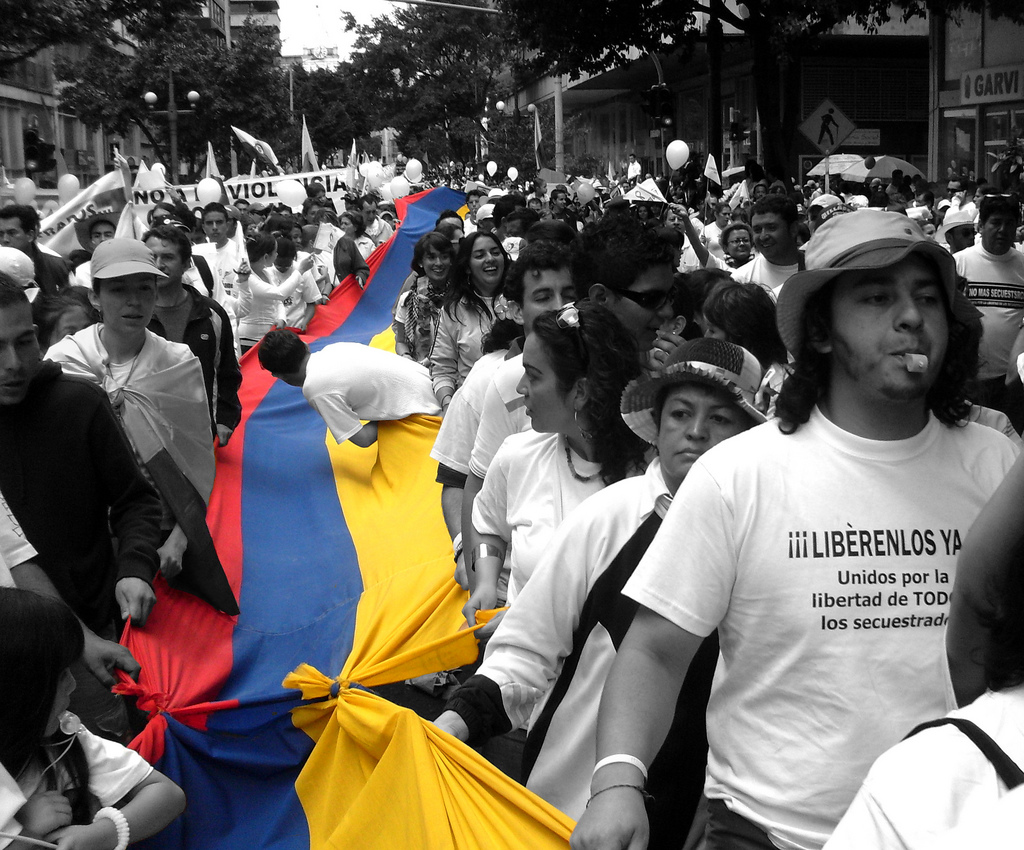Physical and sexual violence is a pubic health problem of epidemic proportions. According to the World Health Organization (WHO), more than one third of women worldwide have experienced such aggression. The latter result in both fatal consequences, such as homicide, suicide and maternal mortality, and non-fatal consequences, such as physical and mental health conditions. All of the these contribute to the erection and maintenance of a significant barrier to women’s equality — a sentiment expressed in the RCMP’s latest report on missing and murdered Aboriginal women.
According to the WHO, violence against women is defined as “any act of gender-based violence that results in, or is likely to result in, physical, sexual or mental harm or suffering to women, including threats of such acts, coercion or arbitrary deprivation of liberty, whether occurring in public or in private life.” Gender-based violence is rooted in gender inequality and women’s subordinate legal, social or economic status in society.
Patterns of violence against women are different from those observed against men. Women are more likely to die at the hands of someone they know, such as their husbands or partner. The WHO states that “women are often emotionally involved with, and economically dependent upon, their aggressors.” This differs significantly from men, who are more likely to die as a result of armed conflict or interpersonal violence by strangers and suicide.
In Canada, police reported data indicated that over 173,600 women aged 15 years and older were victims of violent crime in 2011 – a rate slightly higher than men. Whereas violence against women and girls traverses all socio-economic boundaries, some groups are at higher risk. A government documents states, “the likelihood of being violently victimised can differ based on socio-demographic factors, lifestyle behaviours and community characteristics, as well as other life events.”
In Canada, Aboriginal women have higher rates of police-reported and self-reported spousal and non-spousal abuse. Recently, the Royal Canadian Mounted Police (RCMP) released a report on missing and murdered Aboriginal women. The Commissioner of the RCMP originally initiated the write-up in 2013 as a way to guide the Canadian Police operations. However, the 22-page report made startling discoveries, concluding that the total number of murdered and missing Aboriginal females far exceeded previous public estimates. The report stated that, “according to the 2009 General Social Survey (GSS), the rate of self-reported violent victimisation against Aboriginal women in the provinces was about 2.5 times higher than the rate for non-Aboriginal women.”
This would mean that in the last 12 months, up to 67,000 Aboriginal women reported being a victim of violence. To make things worse, between 1980 and 2012, a staggering total of 1,181 Aboriginal female homicide and missing person cases remained unresolved. The latter number has sadly remained relatively consistent when compared to the number of unresolved cases of non-Aboriginal women.
This issue not only raises concerns over the gendered and racial bio-politics of the state, but also the persisting bias towards women of a certain class, history and background.
“We have seen that despite all of the campaigns over the years against violence, the zero-tolerance campaigns, the violence is always there,” said Michèle Audette, president of the Native Women’s Association of Canada.
This issue has raised the alarm level and has provoked many into calling for a national inquiry. As stated by Audette in a 2014 newsletter, “we can no longer deny the existence or seriousness of this issue and we hope that this ends the complacency and indifference previously shown by the RCMP and the federal government towards our missing and murdered sisters.”
Furthermore, this issue not only raises concerns over the gendered and racial bio-politics of the state, but also the persisting bias towards women of a certain class, history and background. The report’s analysis of the risk factors associated with the homicides included: employment status, use of intoxicants and involvement in the sex trade — all of which seemingly lead to police bias and indifference. A Toronto Star article corroborated the above by noting that a massive 2012 British Columbia study of the victims of serial killer Robert Pickton had also found “a police bias against, poor, addicted, Aboriginal sex workers.”
The world’s current focus on the recent and tragic abduction of nearly 300 schoolgirls in Nigeria should trigger nations into taking a good look at how the violence against women is perpetuated not only globally, but also in their own countries. In Canada, this means taking greater responsibility for the Aboriginal women and their families, all of whom have all greatly suffered from troubling and often unpunished violence.





